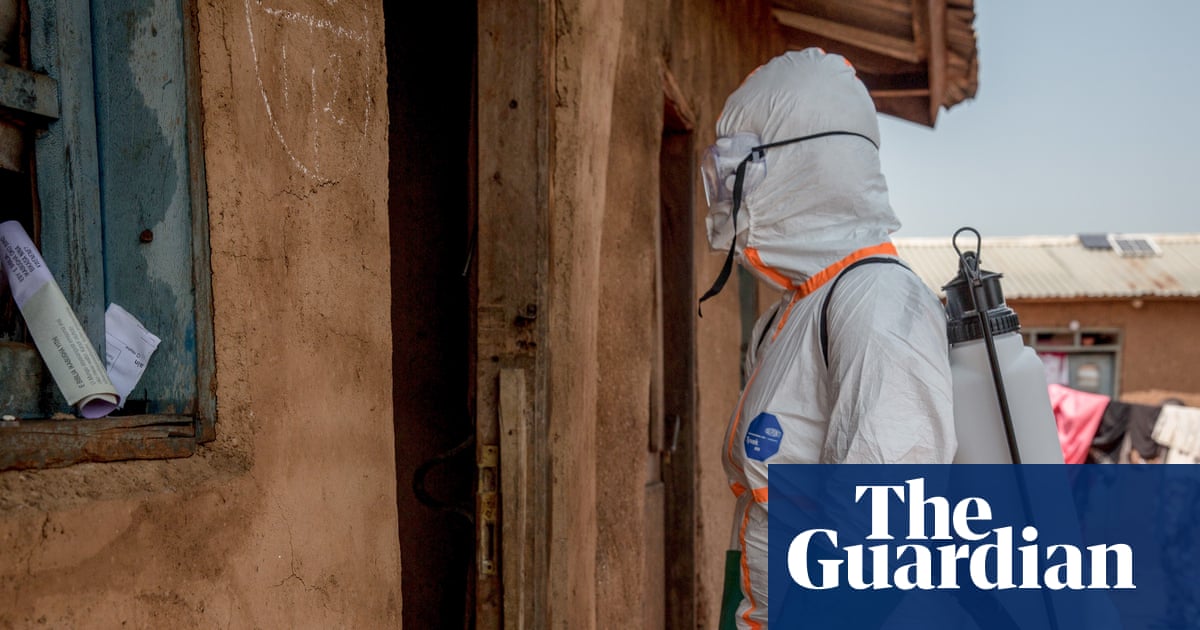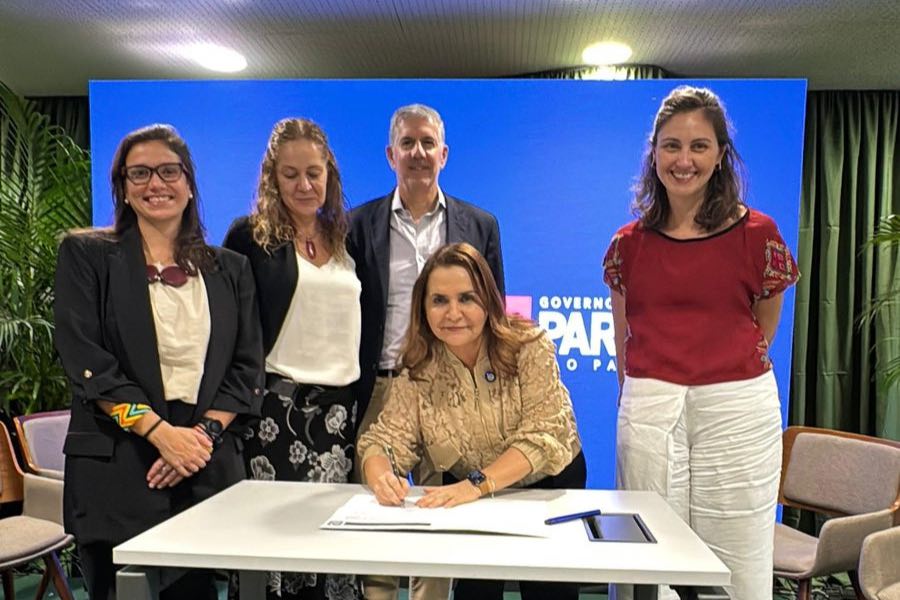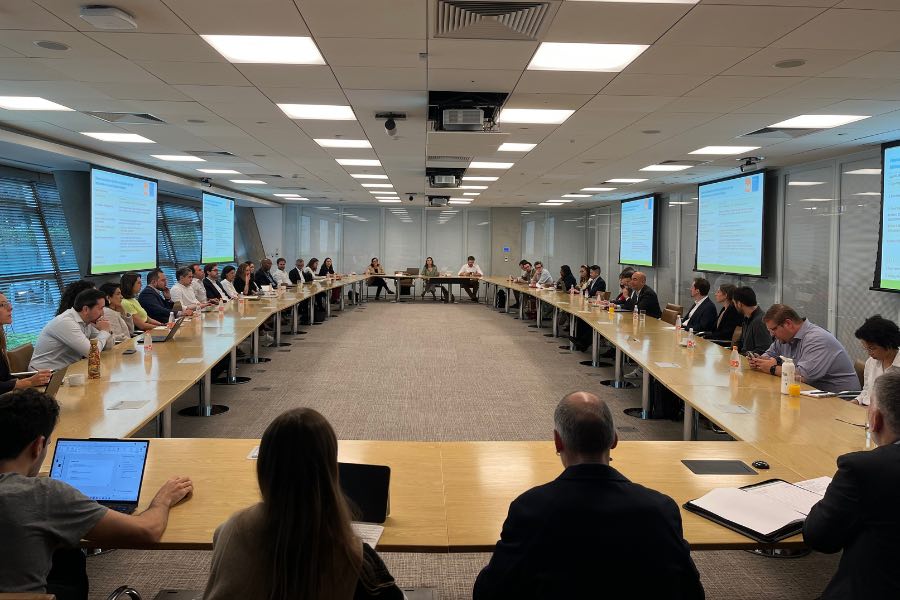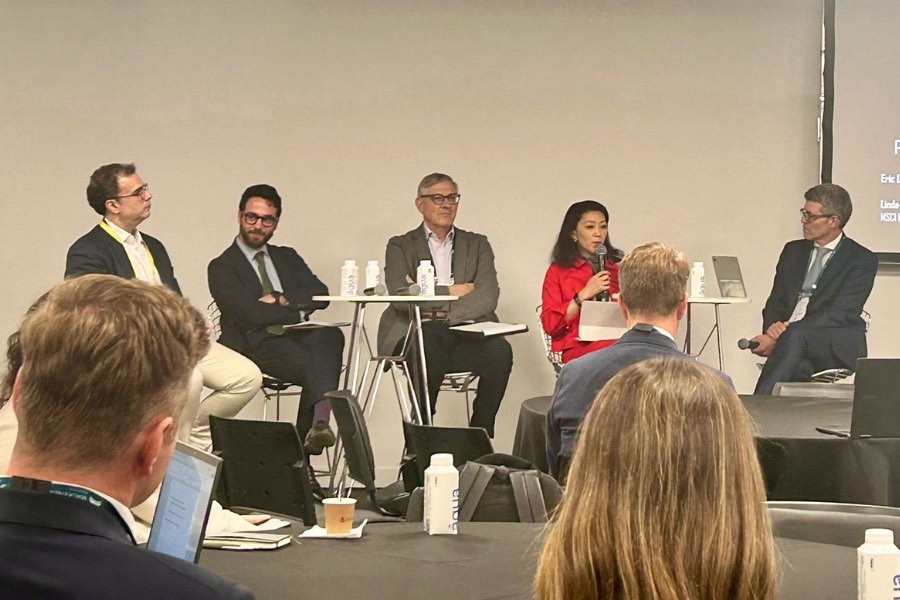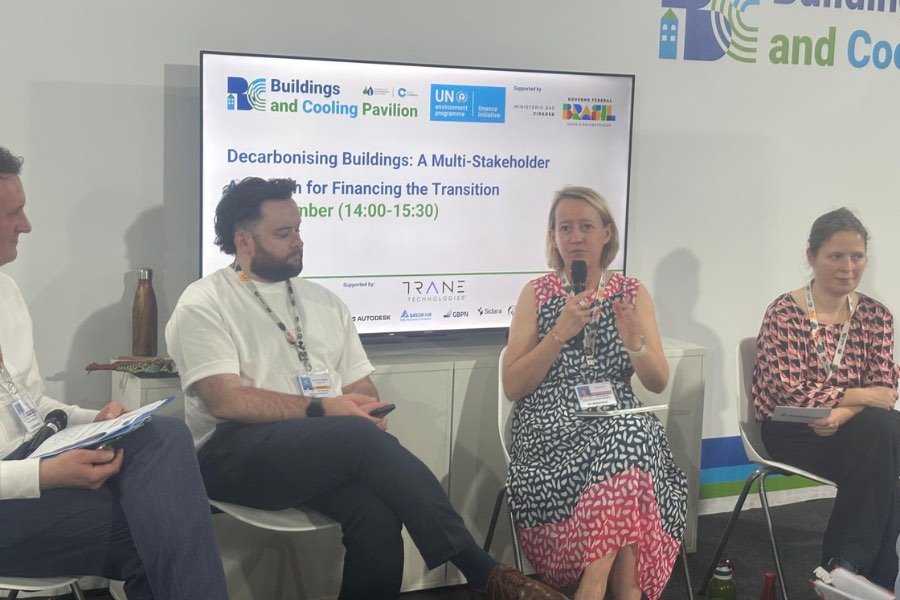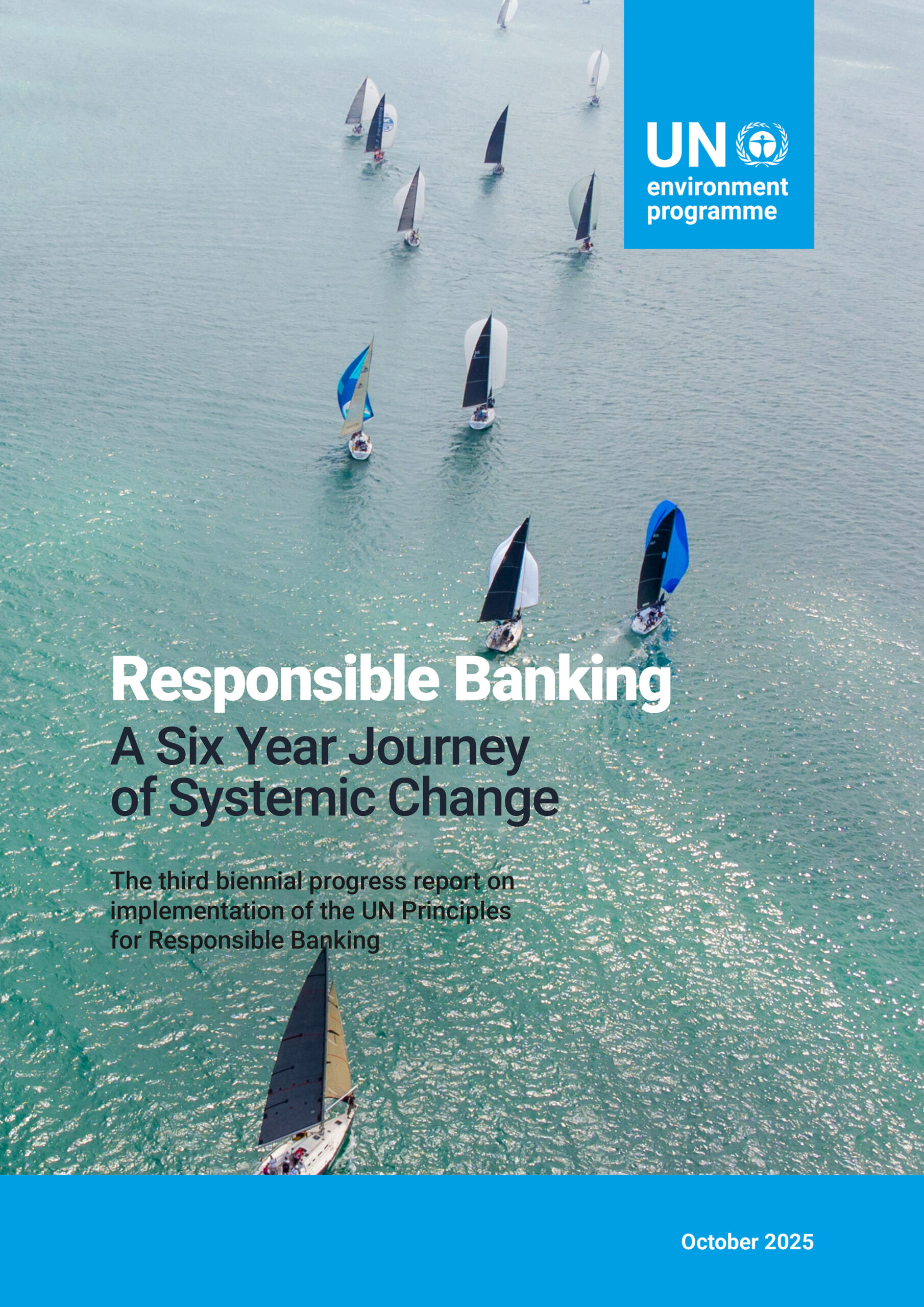Black Friday is almost here and there will be plenty of discounts across categories, including beauty, home, kitchen, sneakers and more. In fact, many retailers have already launched a number of early deals. And though there are thousands of sales to take advantage of, every year, a handful of items sell out in a snap. Last year, for example, a popular doll my daughter had been begging for was 50% off. I added it to my cart but then paused, debating whether she really needed it. By the time I made my decision — poof — it was sold out.
To help you avoid missing out on deals, I spoke with retail experts to try and gather intel on what items are most likely to sell out this year. Check out what they had to say below.
Want more from NBC Select? Sign up for our newsletter, The Selection, and shop smarter.
How I determined what is most likely to sell out during Black Friday
To predict what is most likely to sell out during Black Friday sales in 2025, I spoke with retail experts about trends they’re seeing across shopping categories. I also asked them what types of items have historically been popular during Black Friday sales.
On top of that, I spoke with other NBC Select editors who have covered Black Friday sales for many years. I asked them what type of items they’ve noticed tend to sell out each year.
It is important to note that these are just predictions based on trend forecasting about what is likely to be popular this year along with historical data on previous years’ top sellers.
What items are most likely to sell out during Black Friday?
According to the experts I spoke with, there are a handful of categories that tend to be most popular during Black Friday and Cyber Monday, while other categories tend not to be as popular. For example, clothing and shoe sales tend not to be as popular during Black Friday because those items tend to be on sale more frequently throughout the year, says Ronald Goodstein, an associate professor of marketing at Georgetown University’s McDonough School of Business. Below are categories that experts said are most likely to have items that will sell out:
- Electronics: Tech products like televisions tend to be very fast sellers, says Goodstein. When it comes to TVs specifically, many brands will deeply discount older, discontinued models to clear any remaining stock — this means there likely isn’t a ton of stock and they will sell out quickly, says NBC Select’s tech reporter Harry Rabinowitz. In addition to televisions, Rabinowitz says that the latest Apple Watches and Apple Airpods Pro often go out of stock when they’re on sale. “Apple AirPods Pro 3 launched in September and they have never been on sale,” he says. “I’m assuming they will go on sale for Black Friday and may sell out.”
- Video game consoles and games: According to Adobe, video game consoles are expected to see a 1,040% uptick in sales over Black Friday and Cyber Monday compared to the daily average of sales between January and August. Likewise, video games are expected to see a 1,010% increase during this time. Given the demand, it is likely that popular consoles and games may sell out quickly. Henry Jin, a professor of supply chain management at Miami University’s Farmer School of Business, predicts that the Nintendo Switch 2 will be “the number one hot item.”
- Small household appliances: Goodstein says that small household appliances also tend to sell quickly during Black Friday sales — especially higher-priced items that don’t get marked down very often. Historically, cooking appliances from Ninja and vacuums from Dyson and Bissel’s Little Green Machine have been popular with NBC Select readers. Last year, the Amazon Smart Plug and the Kitchen Mama Auto Electric Can Opener were also top sellers amongst NBC Select readers.
- Beauty and wellness tech: Adobe also predicts high-ticket beauty tech like the Dyson’s Airwrap Multi Styler will be popular come Black Friday and Cyber Monday. “Beauty products that go viral on TikTok — like the Dyson Airwrap — always seem to sell out,” says NBC Select editor Mili Godio. Wellness tech is also predicted to be popular, with Adobe reporting an estimated 1,055% increase in fitness tracker sales over the shopping holiday and the Oura Ring 4 being particularly popular.
Early deals to shop now before they sell out
As mentioned, there are a number of early Black Friday deals to shop. If you want to avoid items selling out, it’s smart to start shopping now. Below, I gathered some deals that are live now on products experts said are more likely to sell out.
This 55-inch premium television from Sony has a QD-OLED screen that provides crisp, clear image quality and is powered by Google TV, giving you access to thousands of apps, according to the brand. This television is particularly good for PlayStation gamers, as it automatically adjusts the HDR settings on your gaming console to the TV for detailed, high-contrast scenes, according to Sony.
Lowest price ever

The Dyson Airwrap has been historically a big seller when it goes on sale for Black Friday. Though the jury is still out on whether that tool will be discounted this year, Shark’s FlexStyle has similar benefits and is currently at its lowest price ever. A similar version from the brand made our list of the best blow dryer brushes because you can use the tool as a hair dryer, or you use one of the auto-wrap curlers to add waves to your hair. NBC Select associate social media editor Caitlin Cusack uses this dryer and says it has cut the time she spends on her hair in half. The FlexStyle also uses intelligent heat control to automatically adjust the temperature to avoid burning your hair, according to the brand.
Lowest price ever

Garmin makes some of our favorite watches for health tracking and, currently, the Forerunner 965 is at its lowest price ever. It has a touchscreen, plus button controls on either side of the watch face. You’ll get up to 23 days of battery life in smartwatch mode and 31 days in GPS mode, according to the brand. “I’ve tested a lot of Garmin watches, including other versions of the Forerunner series — they’re the best option for runners,” says Rabinowitz. “With the 965 in particular, you get some of Garmin’s most advanced training metrics plus maps and navigation built right into the watch.”
Lowest price ever

The PlayStation 5 version of this popular game has a feature called QB DNA that leverages real quarterback play calls and game situations to allow you to enact player-specific behaviors and signature throwing motions, according to Madden. You can also play in different weather conditions, just like in real life, which impacts how your players move and creates new challenges.
Lowest price ever

Dyson deals are always a favorite amongst NBC Select editors and readers and this cordless vacuum from the brand is currently on sale. You’ll get up to 40 minutes of suction on a full charge and the Motobar cleaner head works on all types of floors, according to the brand. It comes with a hair screw attachment that’s good for picking up pet hair and a crevice attachment to help you reach between couch cushions and other tight spots. You can also detach the top to use it as a hand vacuum.

I’ve had my eye on a new KitchenAid mixer for quite some time and have noticed that when they do go on sale, they tend to run out quickly. This model comes in 19 colors, all of which are marked down. The mixer comes with a five quart stainless steel bowl, a plastic splash guard and three attachments — a whisk, paddle and dough hook. The tilt head makes it easy to add ingredients to the blow and it has 10 different speeds.

Last year a similar food storage set from Rubbermaid was a top seller amongst NBC Select readers. I have a number of these containers and use them for all my meal prepping needs. I like that they are BPA-free and that the lids have steam vents for when I stick them in the microwave. You get a total of 22 containers of varying sizes with matching lids with this set.
Meet our experts
At NBC Select, we work with experts with specialized knowledge and authority based on relevant training and/or experience. We also ensure all expert advice and recommendations are made independently and without undisclosed financial conflicts of interest.
- Ronald Goodstein is an associate professor of marketing at Georgetown University’s McDonough School of Business.
- Henry Jin is a professor of supply chain management at Miami University’s Farmer School of Business.
Why trust NBC Select?
I’m a contributor at NBC Select and a journalist who regularly covers beauty, home and lifestyle. I have also covered major sales — including Amazon Prime Day and Black Friday — for over a decade.
Catch up on NBC Select’s in-depth coverage of tech and tools, wellness and more, and follow us on Facebook, Instagram, Twitter and TikTok to stay up to date.



